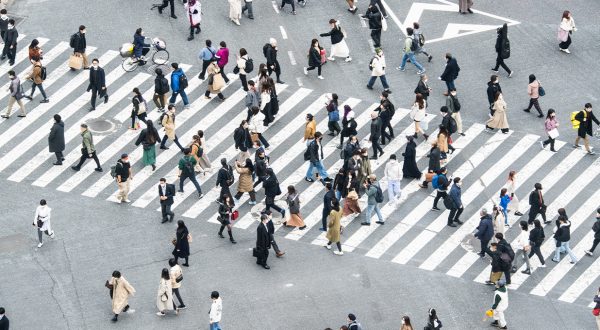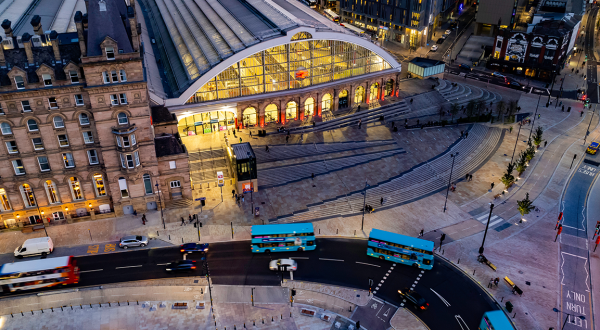Notwithstanding a number of emblematic projects, the Smart City concept remains blurry in most French cities. Smart City technology appears to offer a promising way to improve cities. The whole range of current and future technologies should be used to serve human beings, in other words to meet the challenges involved in making the city more smooth-running, accessible, breathable, citizen-focused, inclusive, energy efficient, and sustainable.

The city is designed to serve a collective purpose and provide the main components of urban development such as transport, housing, recreation, and energy infrastructure.
“The first challenge of digital technology is to optimise the overall operation of the city by providing better control of its systems to serve the inhabitants and provide a better quality of life”
By 2050, more than half the population will live in cities. How then, can the “liveability” of tomorrow’s metropolitan areas be ensured? The smart city may offer the right solution to this central issue for the future of humankind.
“The first challenge of digital technology is to optimise the overall operation of the city by providing better control of its systems to serve the inhabitants and provide a better quality of life,” says Simon Coutel, smart city business manager at VINCI Energies and COO of CityZen.
Dynamic urban management
To optimise the way the city works, the first step is to break down the barriers between the services it provides and gain a thorough understanding of the real-time operation of its facilities and equipment. Digitalising the city by rolling out connected equipment provides the necessary data. Digital technologies thus offer a way to collate and cross-analyse data from the city’s various services. “This makes it possible to shift from static to dynamic urban management,” says Simon Coutel.
In practice this would mean, for example, that the city could adjust public lighting according to the presence of pedestrians or cars and adapt traffic light operation to traffic conditions and local pollution levels.
“This first major stage in the implementation of the smart city is already possible, thanks to the availability of new project engineering methods and new digital technologies; we are testing these systems in Rouen with our BIMCity urban hypervision technology. But we are also already working on an even more ambitious objective: to meet individual expectations and make the city more inclusive and more human-focused,” says Simon Coutel.
Shifting to the individual scale
Widespread smartphone use now supports the connection between the city and the citizens. It is now possible to determine the use to which urban services are being put in real time and adapt their operation to meet demand and to offer an inclusive city.
The same digital technologies make it possible to consult and, more broadly, to involve the citizen in the life of the city. Digital technology can be applied in this way to achieve a collective and individual optimum.
“The potential of artificial intelligence should be explored with the goal of automating everything that can be automated without losing human value, and freeing human beings to perform higher-value-added tasks to serve people. This is what we are developing with the citizen-focused CityZen application, which provides a ChatBot to facilitate access to city information,” says Simon Coutel.
17/05/2018


